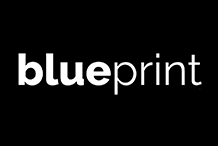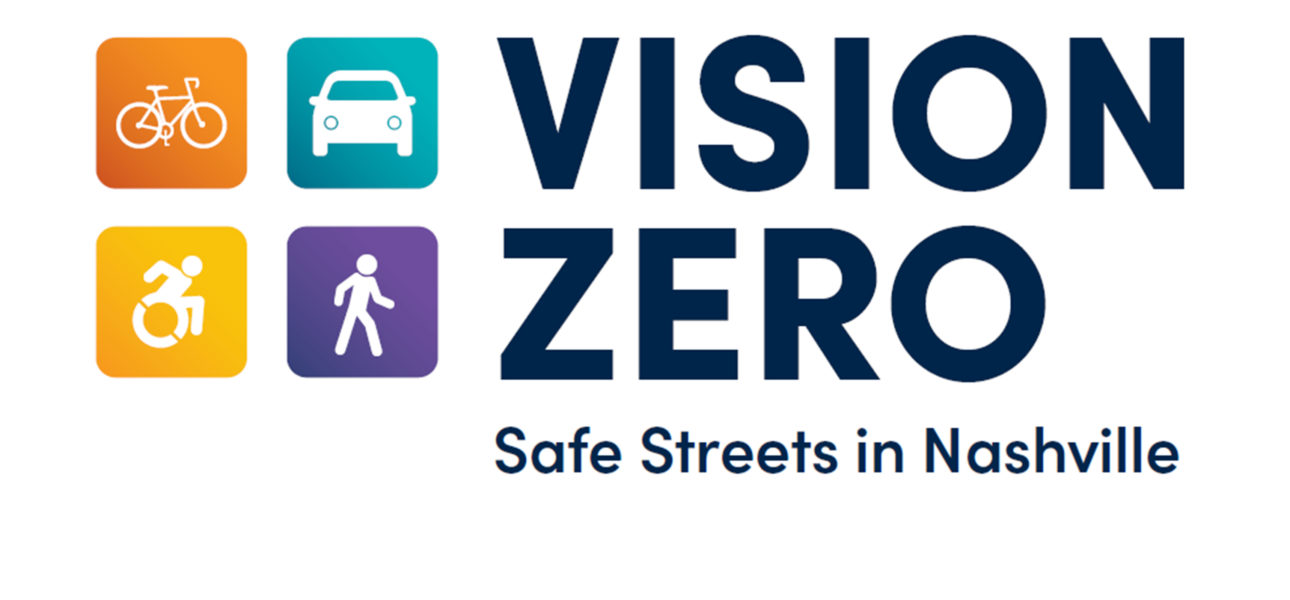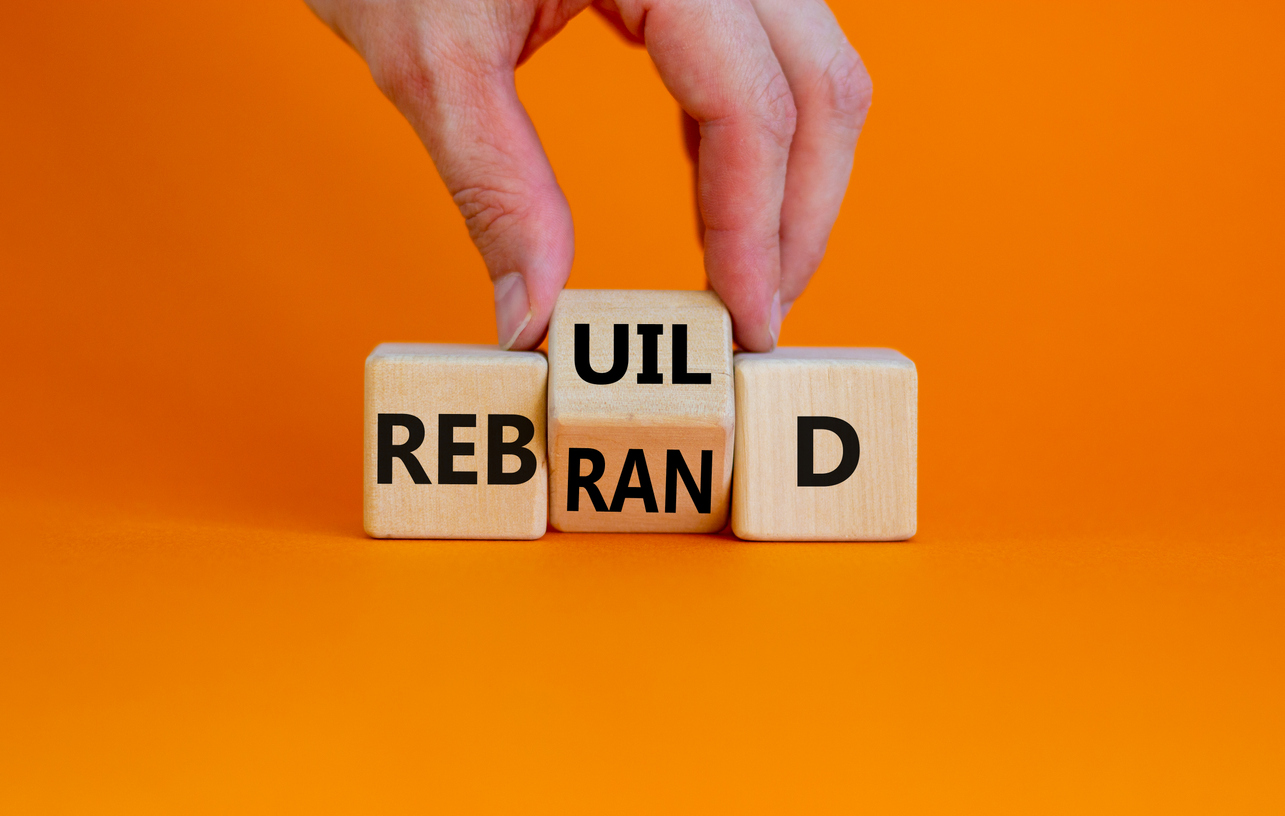
[vc_row content_text_aligment=”left”][vc_column][vc_column_text][mkdf_dropcaps type=”normal” color=”” background_color=””]F[/mkdf_dropcaps]orget everything you thought about B2B marketing. Most B2B businesses do 90% selling and 10% marketing. Instead, it should be the reverse: 90% marketing and 10% selling. Selling instead of marketing means that your sales team is constantly on the hamster wheel having to churn leads and close deals. The alternative is to build brand and have the brand create an organic marketing funnel that leads to sales and new business – higher quality sales at that. We elaborate on this approach in another post in this B2B marketing series.
In a nutshell, a B2B marketing strategy should have marketing and technology map to sales and integrated with engaging messaging and creative. Doing so with a well laid out campaign leads to pipeline acceleration. However, there’s a customer journey that the marketing funnel should follow that ultimately creates a path to sales. This creates a laser focus on the entire customer lifecycle from top-of-the-funnel awareness through fully-engaged relationships and continues even through the post-purchase experience.
And none of this should be as boring as it sounds, which is typical of B2B marketing campaigns. They’re boring, too technical, long winded, and not compelling, and the result is that it doesn’t create the impact that it could.
Don’t believe me? A survey commissioned by WHM Creative and conducted by Propeller Insights said “about half (48%) of B2B purchase decision-makers find B2B advertising boring…Only 22% of respondents say the advertising they see often prompts them to take a next step towards making a purchaseâ€. [/vc_column_text][vc_empty_space height=”55px”][vc_single_image image=”18497″ img_size=”full”][vc_empty_space height=”55px”][vc_column_text]If you already have a B2B machine that’s pumping out new business at a level that you’re pleased with, then this post is not for you.
If your preference is for a sales force smiling and dialing, then this post is not for you.
But if COVID-19 and remote work has pumped the breaks on your sales force and sales engine previously relied on meeting with clients, attending trade events, and networking, then keep reading.
And if the company’s brand is not top of mind for your target customers or the company isn’t known as a thought leader in your industry, then this post and the others in the series is obviously for you.[/vc_column_text][vc_empty_space height=”55px”][mkdf_section_title type=”standard” position=”” title_tag=”h2″ disable_break_words=”no” title=”The customer journey”][vc_empty_space height=”25px”][vc_column_text]Whether the business is in the professional services sector (i.e. engineering, law firm, accounting, human resources, technology) or in the trade sector (i.e manufacturing, logistics), the path to sales is still the same, and there’s a journey that the customer naturally follows. In this new remote world, more of that journey will transition to digital channels. So it’s important to line up all of your marketing and demand generation strategies to this customer journey whether online or offline.
Your prospective customers need brand activity to create demand for your products/services, and they need a trigger to activate them and convert that demand efficiently into revenues. If done correctly, you’ll see how it can almost completely replace traditional marketing tactics like direct response and ads.
For the remainder of this article, don’t think of this as just using online tactics to create a sales funnel (i.e. social media, SEO, PPC ads). Think of it as encompassing the customer experience, building brand (especially online), and the content strategy etc. Remember, 90% marketing and 10% sales. Not the other way around.[/vc_column_text][vc_empty_space height=”55px”][vc_single_image image=”18500″ img_size=”full”][vc_empty_space][vc_column_text]So what’s the process for creating an effective B2B marketing campaign? With the help of your customer journey map, you’ll have all of the information you need to start the process. The approach is to reverse engineer your customers and work backyards by creating the systems along that journey.
A customer journey map is a visual representation of every experience and interaction your customers could potentially have with the brand and how they would be lead through that journey. This big picture helps to position the business in the shoes of your customer to understand the entire experiences along this journey and what it takes to interact with the brand, staff, sales team, and communications platforms until they finally become a customer. Understanding this journey will help to establish a strong relationship of trust with customers.[/vc_column_text][vc_empty_space][vc_single_image image=”18501″ img_size=”full”][vc_empty_space height=”55px”][mkdf_section_title type=”standard” position=”” title_tag=”h2″ disable_break_words=”no” title=”5 stages in a customer journey”][vc_empty_space height=”25px”][vc_column_text]Marketing and creative is tailored to follow the customer journey along the path to sales in the five stages outlined below.
1. Awareness: This is top-of-the-funnel; the discovery stage and where the consumer first learns about the business through any of the existing channels that you’ve created. They’re researching the brand, and how they interact with the brand at this point affects the brand’s value in their minds during this early phase in the journey. The customer experience journey should be educational at this stage to help build trust.
2. Consideration: The prospective customer begins to explore options that meets the need. Your business may or may not be in the consideration set, but this is where benefits and value need to be clear and specific. This is also where thought leadership helps to establish authority and credibility. Brand recognition plays an important part here, which is why successful B2B marketing requires that you build brand early in the awareness phase.Â
3. Purchase: The decision is made, and this phase is very sensitive because this is where the customer is looking to make sure that everything in the previous phases line up with the purchase and customer on-boarding experience. The engagement doesn’t stop here. Trust is still a factor, and the customer experience continues by continuing with valuable content.
4. Retention: It’s a mistake to think that marketing stops once a customer is in the pipeline and is already in the revenue stream for the business. The customer experience should be highest at this point because retention requires a different level of customer nurturing and education. The goal here is to continue to enhance the customer’s knowledge on how your product and service meets the hierarchy of needs in their business. As mentioned in another post in this B2B masterclass series, the business can build brand by either becoming an educational brand or acting like a media company.
5. Advocacy: If you’ve done everything right, your customers should be the biggest mouthpiece for the business. There’s nothing more powerful than word of mouth and peer-to-peer influence. In this phase, it’s important to empower your customers to provide this type of value for the business by making it very easy for them to share their positive experience.
[/vc_column_text][vc_empty_space height=”55px”][mkdf_section_title type=”standard” position=”” title_tag=”h2″ disable_break_words=”no” title=”Mapping out the customer journey”][vc_empty_space height=”25px”][vc_column_text]Marketing Persona
The first step in mapping out your customer journey is to create marketing personas, which is a semi-fictional representation of your ideal and typical customer based on data and research. Data like demographic, geographic, decision makers, business pains, and their day-to-day operations is very useful.
Data and marketing goes hand in hand and should be collected at each step of the journey for both prospective and existing customers. The more data, the more dynamic your marketing can be.Â
When building your personas, find a common thread that you can use to create different ideal personas. Any piece of information that was unique to a customer you researched, is not important. For example, if most of your customers were 40 to 50 years old, you don’t have to create a persona for someone outside of this age range.
Customer Touchpoints
With data available to create the marketing personas, it’s time to find the touchpoints and pain points. A touchpoint is any interaction your customer has with your business. When they see your ad, visit your website, contact a sales person, all of these are touchpoints. Pain points, on the other hand, are basically negative touchpoints. Any problem a customer experiences with your business, like a hard-to-navigate website or an ad that just doesn’t connect with its audience, is considered a pain point.Â
First, you need to find the touchpoints by mapping out all of the interactions a customer has with your brand both offline and online and before, during, or after a purchase. It’s all relevant. Important questions to ask your team and your customers are: How did they find out about the brand? How did they contact you? What channel did they prefer for making a purchase? What happens after the sale? How do customer support interactions go?. Create feedback surveys at any major, easily identifiable touchpoint for your customers to answer. Make a list of all the places and times someone might come in contact with your business. Also, your sales team and customer support team are of extreme value here. They interact with your customers more than anyone in the company.
Once you understand and map every touchpoint and collect feedback from each, it’s time to find the pain points. You can go through all the touchpoints yourself searching for any problem that could arise in them, but it’s more important to get feedback from your customers. They know better than anyone where the problems are. Check on social media any information they’ve given you regarding any problem. Ask your sales team and customer support team – whenever your customers have new problems to deal with, they’ll be the first ones to hear about it.
After you have identified all the pain points, start the brainstorming sessions in your company, and find the most cost-efficient solutions. Just remember, this isn’t a one-and-done deal. Your customers are ever-evolving, and so are the interactions they have with your brand.
Now that you have the consumer journey map, it is easier to find these changes. Don’t hesitate to distribute surveys, install analytics software, or reach out directly and ask about their experiences. With this level of understanding, you’ll be able to create efficient marketing campaigns that will enhance the customer experience and brand value. As an added bonus, you’ll see that in the process of mapping out your customer journey, your organization will get closer, and foster empathy and collaboration between teams that usually don’t work together. [/vc_column_text][vc_empty_space height=”55px”][mkdf_section_title type=”standard” position=”” title_tag=”h2″ disable_break_words=”no” title=”B2B Marketing Series”][vc_empty_space height=”25px”][vc_column_text]This post is part of our mini masterclass series to help B2B companies overcome marketing inertia so that it ultimately results in a funnel that generates, nurtures and converts leads to revenue. The entire marketing funnel that we use for B2B businesses consists of pipeline acceleration campaigns, multichannel demand generation, account based marketing, thought leadership, go-to-market strategy, content syndication, webinars, video, in-person meetings, interactive infographic, PPC management, marketing automation, social media and reputation management, and a robust B2B content strategy.
[/vc_column_text][/vc_column][/vc_row]
Post a Comment
You must be logged in to post a comment.



